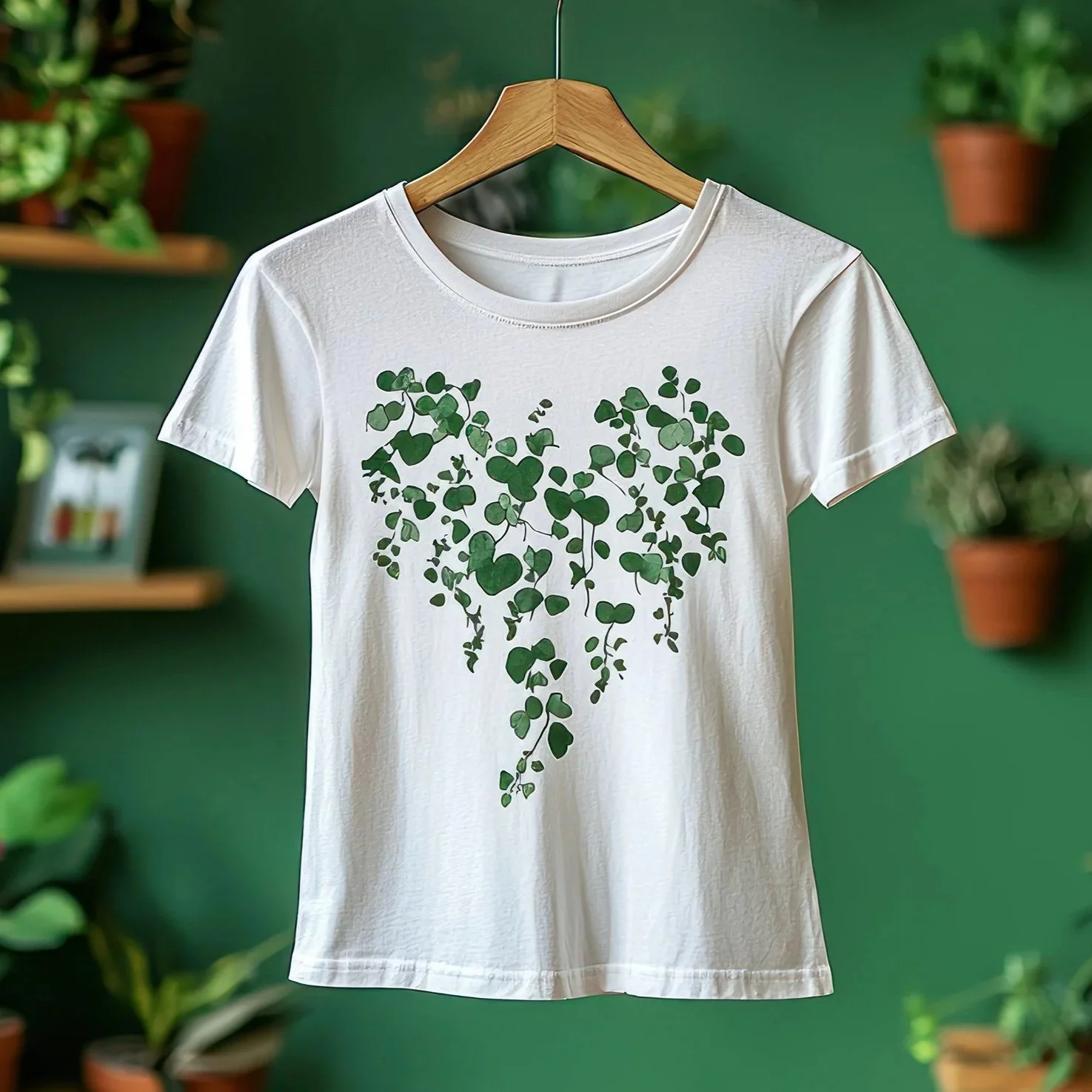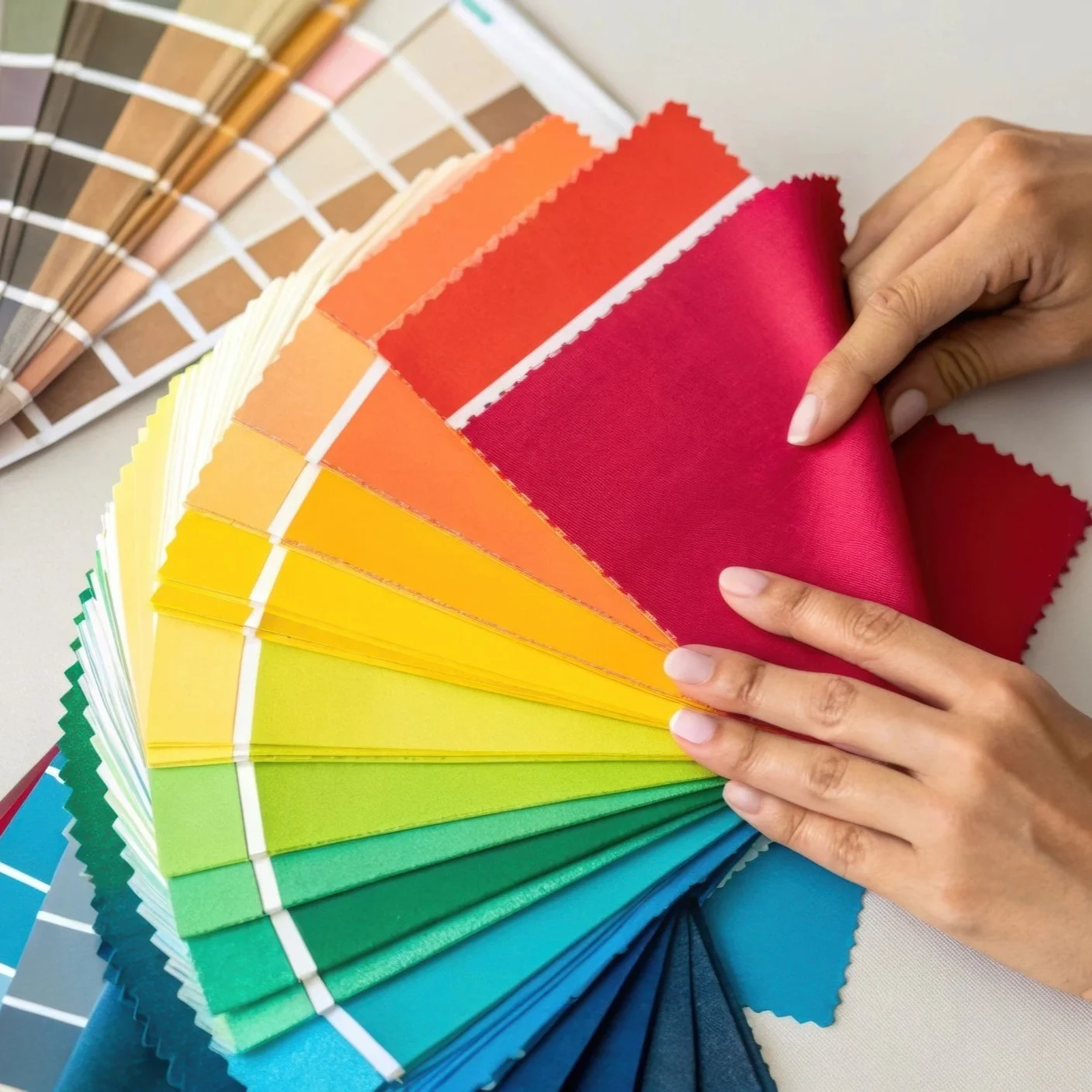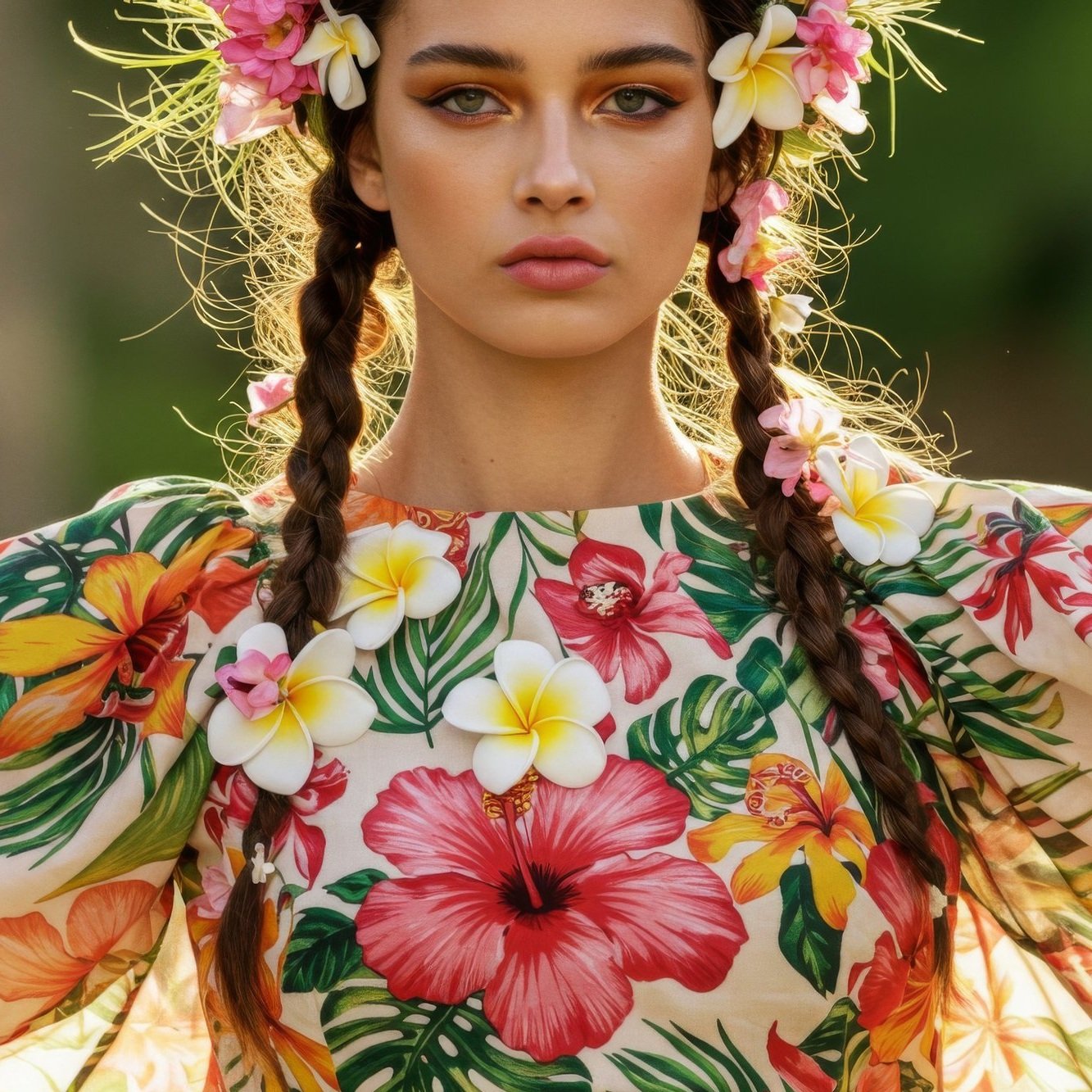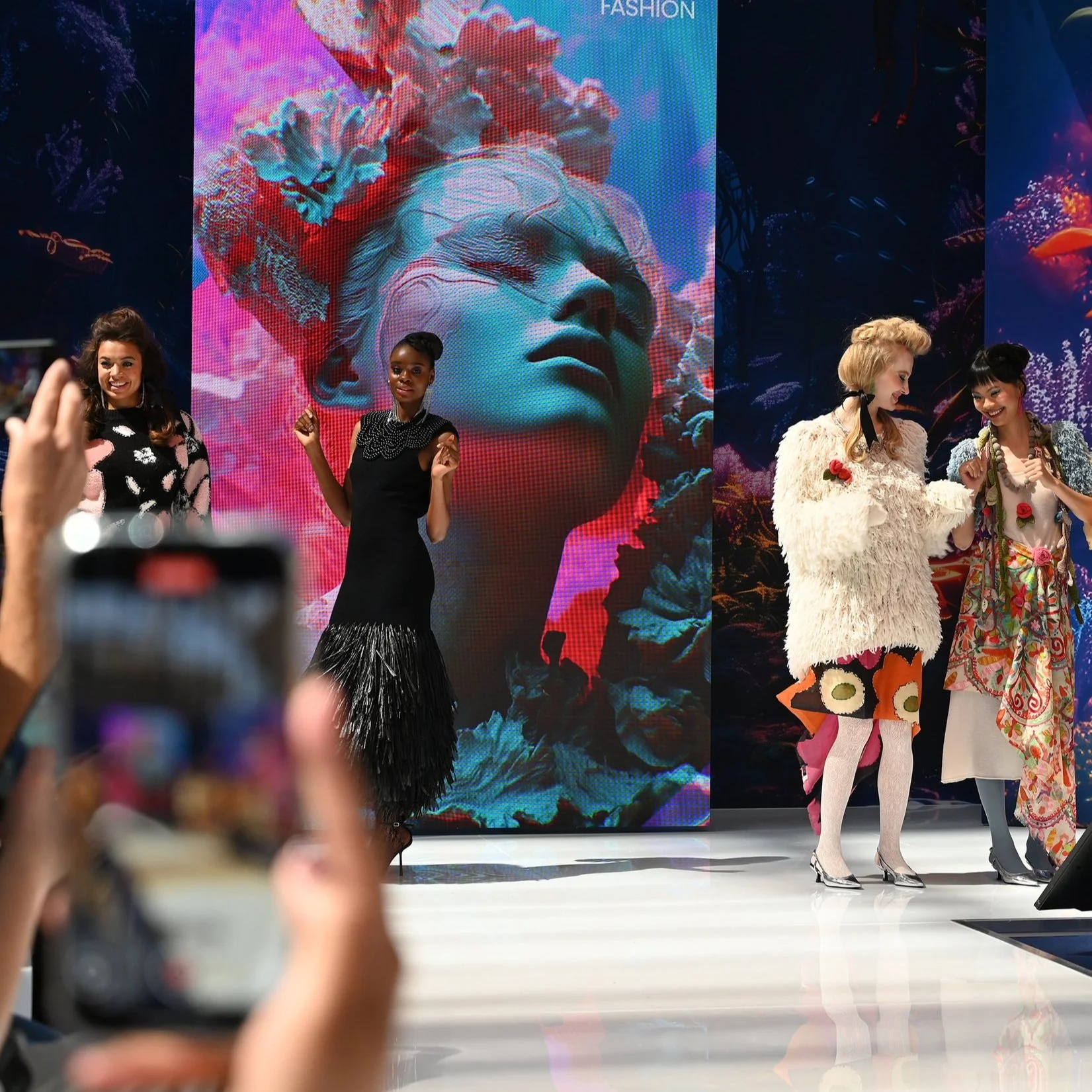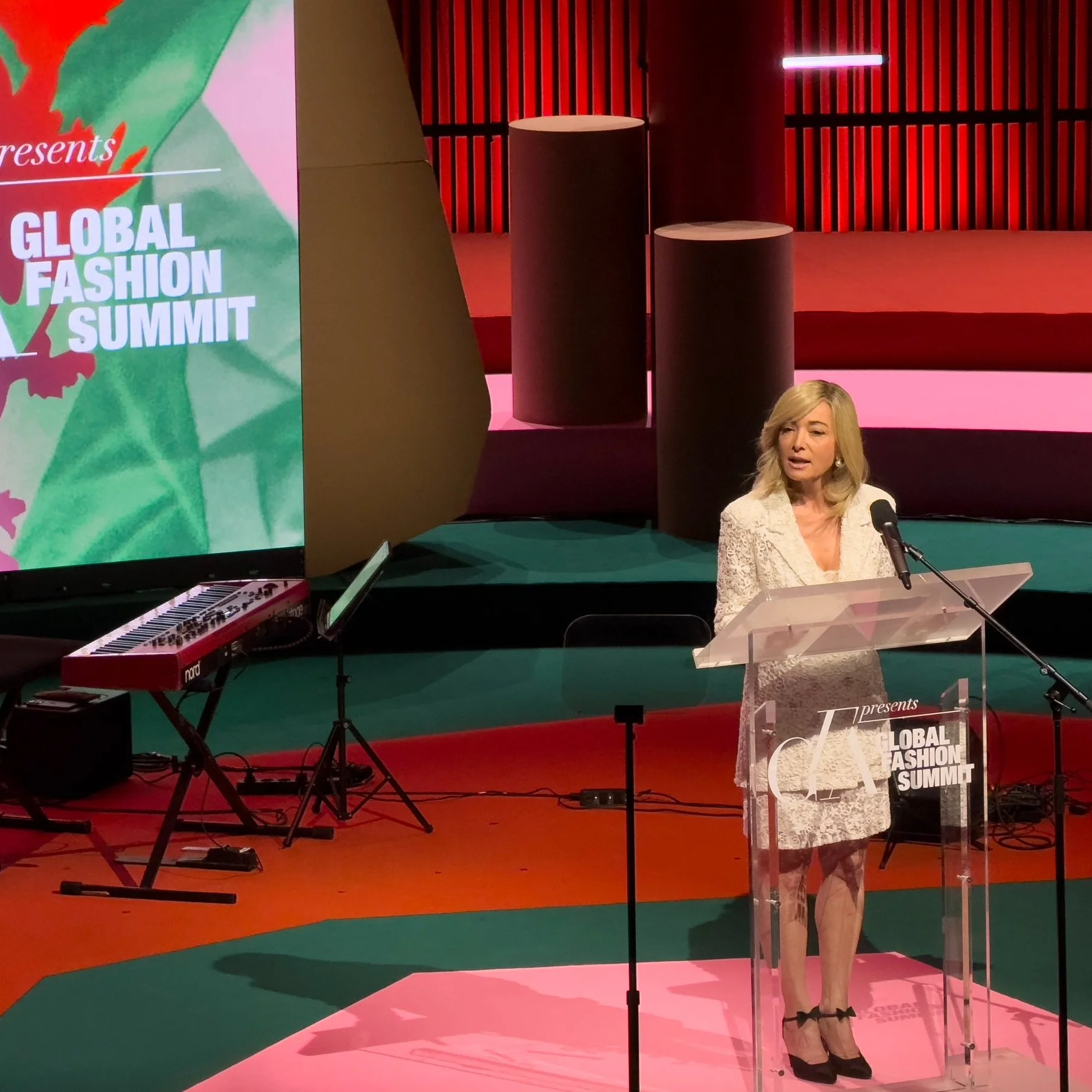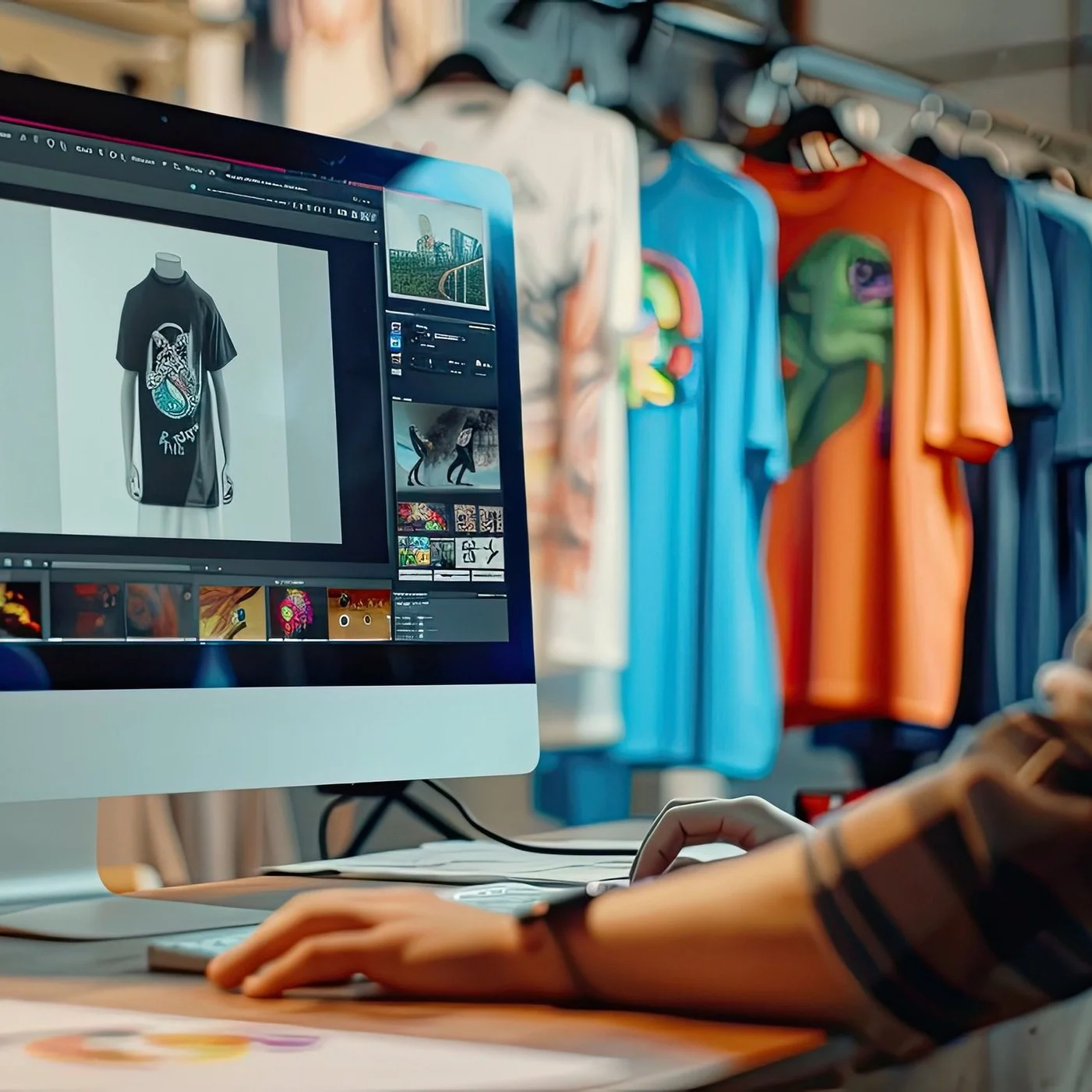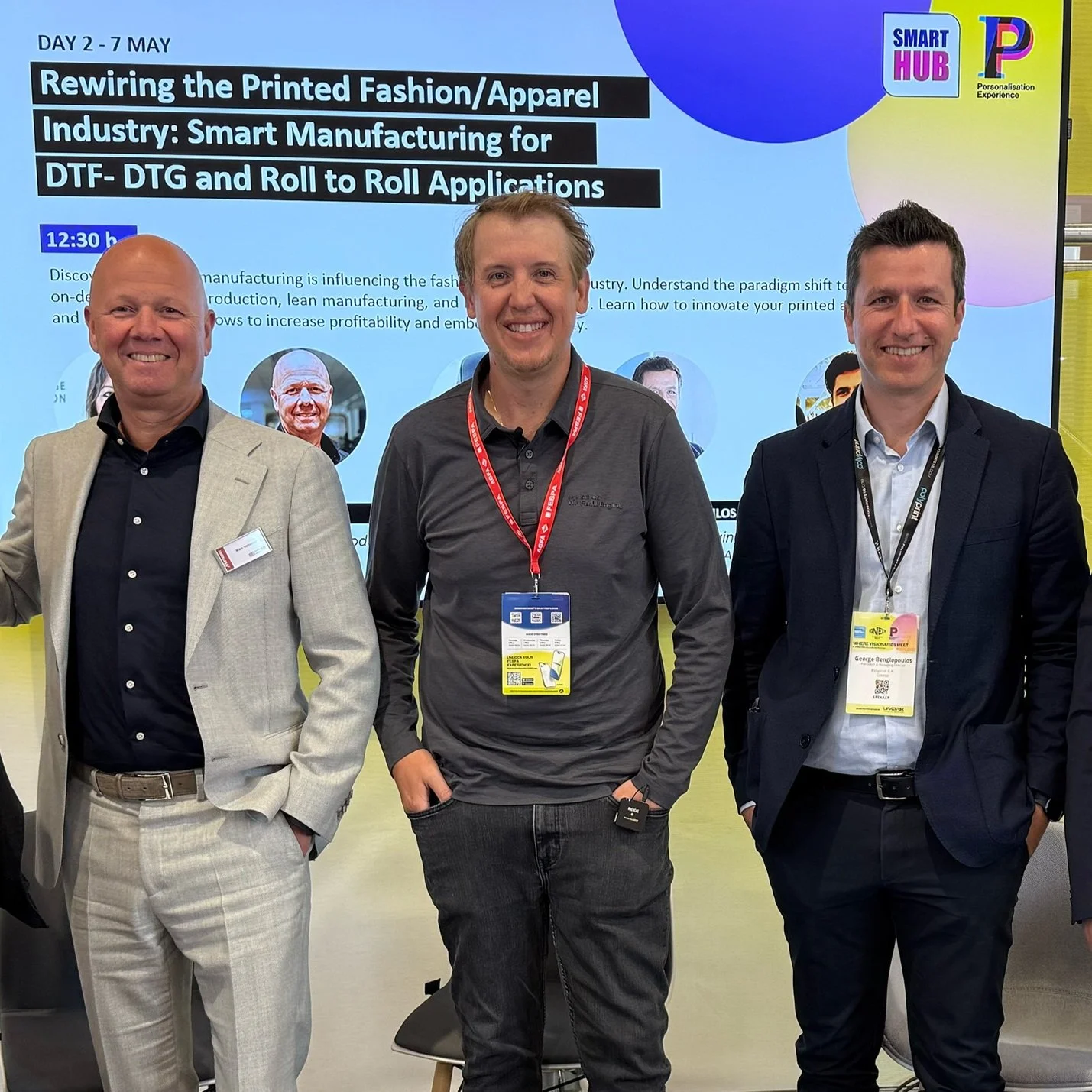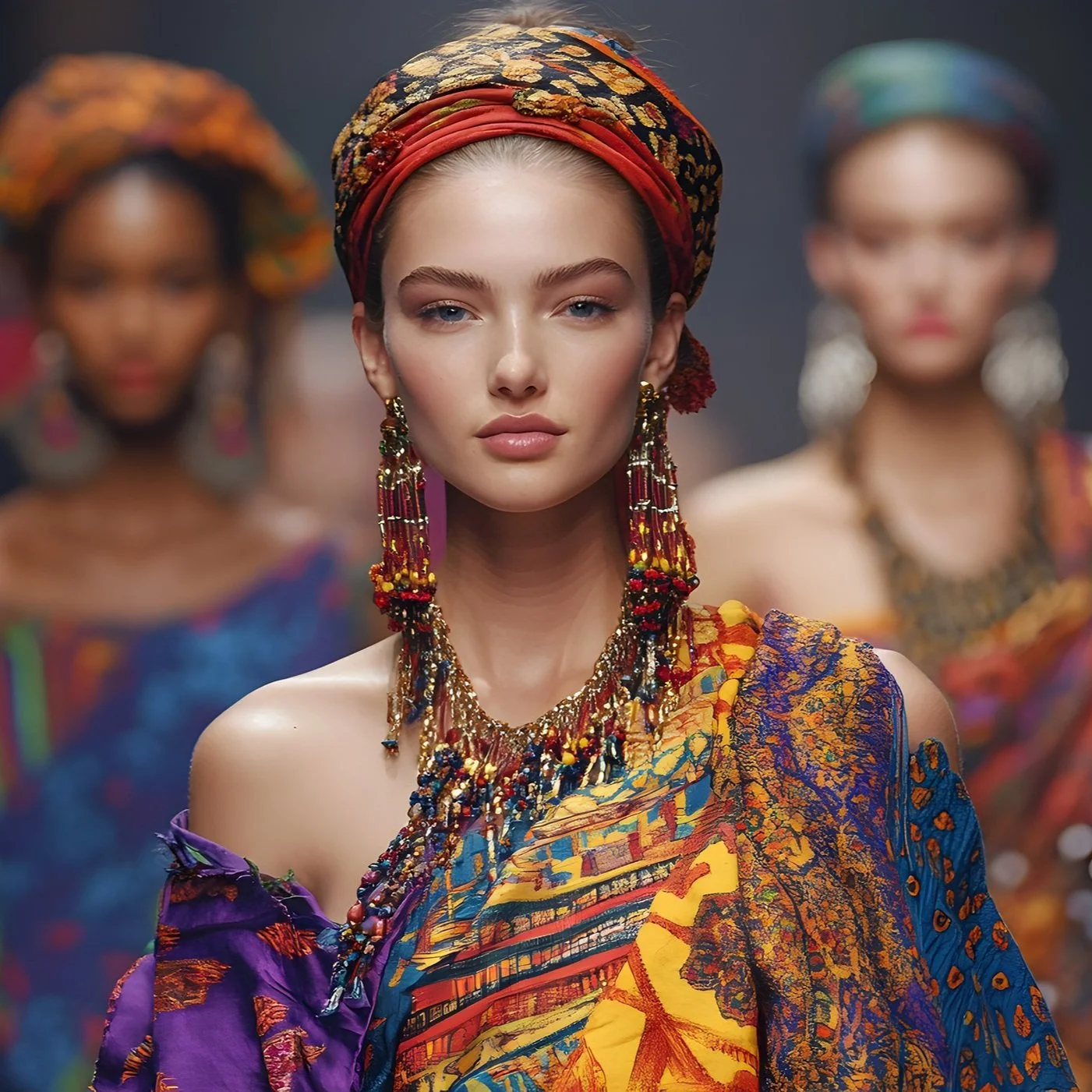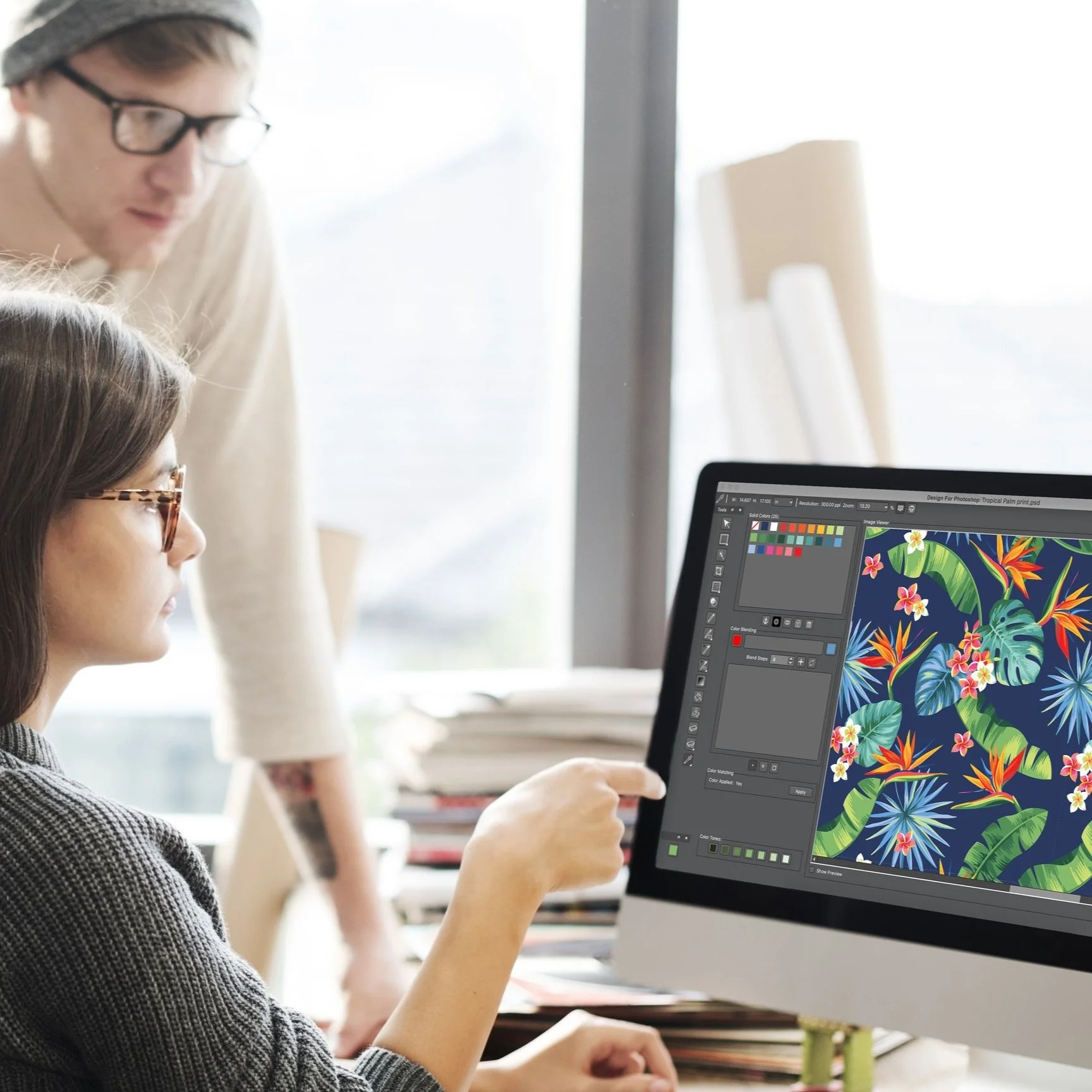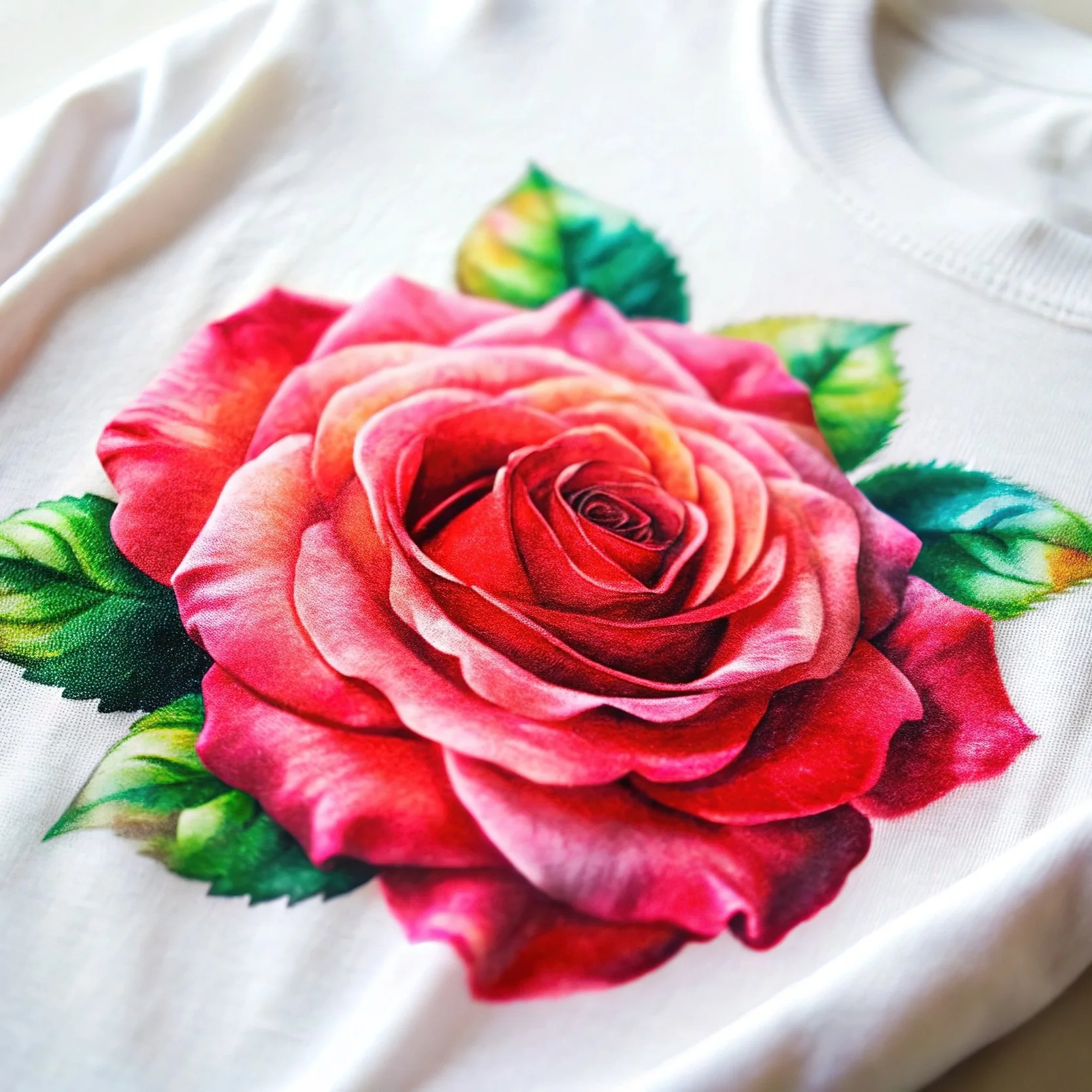WHY PIGMENT INKS DRIVE THE DIGITAL DIRECT TO GARMENT GLOBAL PRINT MARKETS
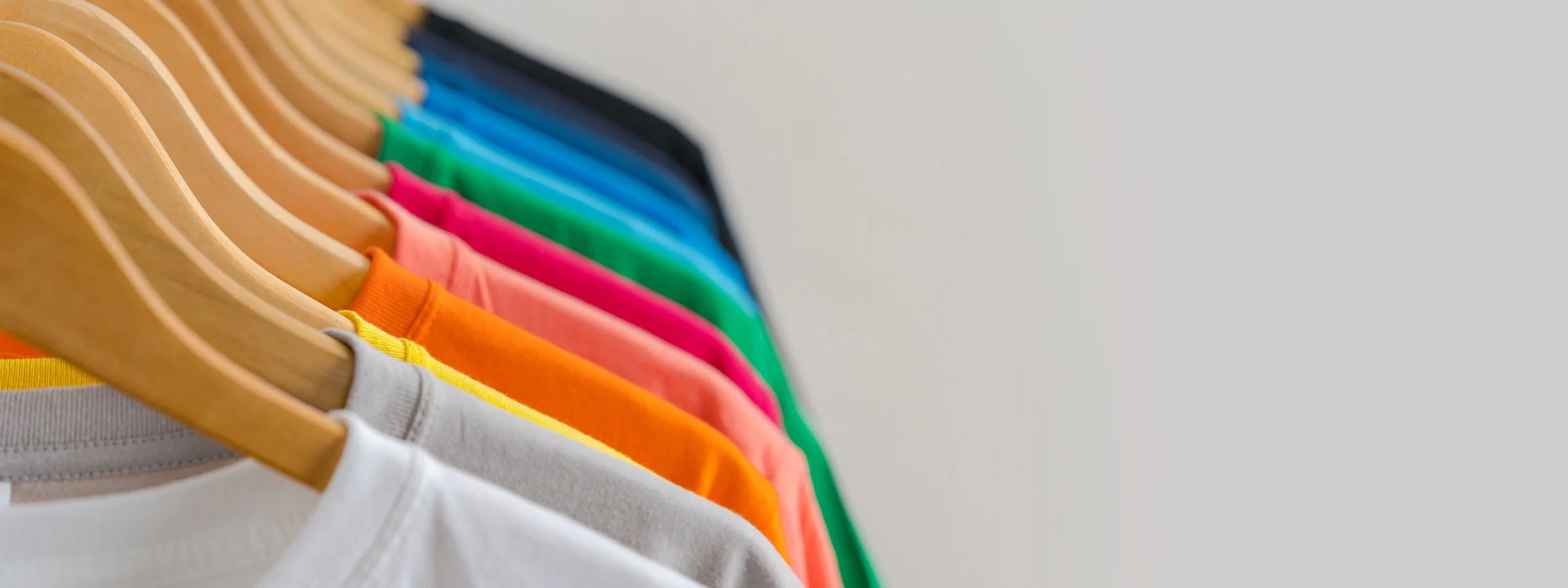

IMAGE CREDITS: KORNIT DIGITAL
The global market for custom t-shirts printing is expected to witness considerable growth alongside the consumers requirement for personal edits, and customisation. As the world’s population rises, global affluence is increasing in-line with the income level of households globally, and with a further shifting trend predicted towards the purchase of fashionable, trend driven customised garments.
The global market for custom t-shirt printing industry is expected to cross US$ 10 Bn by 2025 at a CAGR of 6.3% through the forecast period 2017 – 2025.
The combined DTG sector in North America was valued at over $2.6 billion in 2018 and is expected to achieve double-digit growth (10%+) on an annual basis.
Mass customization, increased personalization, and the consumers awareness of environmental sourcing and its eco-friendly benefits are fuelling the growth of short-run print on demand direct to garment printing across multiple markets, with significant growth also predicted for the luxury sector.
By 2021, over 210 million pieces are expected to be printed using inkjet DTG technology per year.
Ink Choices For Direct to Garment Printing
There are two main ink-sets used in DTG T-Shirt and Apparel printing, and these are Dye-Sublimation and Pigment.
Pigment DTG printing is a one step process, lending itself to mass production, with excellent wash fastness and migration properties, and has the advantage that products made from virtually any fabric composition can be printed. Cotton, Poly-Cotton and Polyester can all be successfully printed using the DTG pigment route of production.
In contrast: Dye sublimation has the pre-existing advantage of being an established entry level option for small quantities. However, Dyes Sublimation has a number of significant drawbacks. These include cost per print, washability, dyestuff migration and a narrow fabric range. Dye sublimation prints are also labour intensive with a high labour cost per print, as well as a practical limitation to achieving industrial production performance. Additionally, some technologies facilitating Dyesub DTG printing have issues with poor washability and dye migration, with migration happening up to six months after the product has been sold.
Finally, and importantly, Dyesub DTG printing is confined to only articles made from Polyester yarns and cannot successfully print either cotton or polyester blends.
Therefore Pigment inks offer the Direct to Garment manufacturer a whole host of commercial advantages for Customized Garment decoration.
Pigments For Sustainability
DTG pigment printing is widely accepted to be the most eco-friendly and sustainable method of printing.
DTG printing using eco-friendly, certified inks, uses little water and has a minute energy requirement, these inks are absolutely free of heavy metals, formaldehyde and Alkylphenol Ethoxylates (APE), making them non-hazardous, non-toxic and biodegradable. They provide a waterless printing system, using biodegradable ink and energy saving processes, making DTG Pigment the eco-friendly printing solution.
Dye sublimation DTG printing in contrast, using the transfer process, wastes as many meters of paper as it prints to textiles and the paper it wastes contains traces of developed inks that require special disposal.
DTG pigment printing when compared against conventional pigment screen printing of garments, offers substantial environmental savings, using 35% less water, 45% less energy, and no water pollution.
Pigments For Flexibility
DTG Pigment printing can comfortably handle a wide spectrum of fabric types, these include, 100% cotton blends, poly blends (50% cotton/50% polyester), and tri-blends.
Dye sublimation transfer printing can only print 100% Polyester fabrics, which in the T-Shirt Market where Cotton is the predominant fibre used, constitutes a significant disadvantage.
The consumer demands ever more sophisticated and complex fibre blends for garment performance. Predicted growth within the market sectors of customised sportswear and athleisure offer exponential commercial opportunities.
The requirement to satisfy the customer’s demands for fabric softness alongside technical performance, eco-textiles alongside sustainable production, all consolidate DTG Pigment printing as the process that meets the manufacturers requirements for mass customisation and a flexible production workflow.
Pigments For Ease Of Production
Unlike other ink sets, pigment printing enables instant color-matching and design approval on the machine as it prints.
At the management approval stage, the print can be seen as it will appear after fixation and further processing, as opposed to dye sublimation, where the print is seen only on paper and has to be developed by a heat press to view the final product. This makes for a difficult practical environment for product approval, whereby a dye sublimation sample has to be transferred and then approved prior to production commencing.
DTG Printers all over the world widely use these important qualities to underwrite the value, service and quality they give to their customers, and it is therefore small wonder that, because of this, DTG pigment printing drives the growth of the Global DTG Market.



